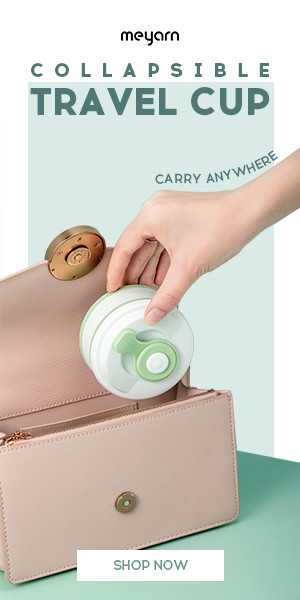Guide to Buying and Using Sunscreen
Choice.
It seems to the trend of this day and age, making it difficult to know which
sunscreen to buy to protect you from the harsh Australian sun. Reading the label isn’t
much help either with all those unpronounceable Schwarzenegger ingredients.
Spare
yourself some excruciating syllables (and one heck of a sunburn) and read on.
Here’s a reference guide to buying the right sunscreen for you.
Broad Spectrum
You
need a sunscreen that protects against both UVA and UVB radiation, don’t bother
with a product that doesn’t offer comprehensive coverage.
● UVA: Are skin aging, deeply
penetrating rays that cause wrinkles, damage DNA and collagen.
● UVB: Responsible for sunburns to
the outer skin layer and tanning; worsening in the summer months.
Dermatologists recommend the best protection sunscreens are SP F30-50
as they block 95-97.5% of the sun’s rays. SPF 50 is necessary for those with
fair skin. Even if you tan, there is little sense buying sunscreen with less
than an SPF 30 rating. Anything above 50 is unlikely to give you additional
protection while anything below is not protective enough.
Active Ingredients
There
are two types of sunscreens: those that absorb UVs and alter the wavelength so
they’re not harmful (chemical) or those that coat the skin and reflect away UVs
(physical or mineral).
● Chemical: Are broad spectrum and
often contain more than one chemical to combat UVA and UVB rays. The downside,
they are tough on sensitive skin. Another potential concern is that certain
chemicals can have hormonal effects (endocrine disruptor) like, oxybenzone.
● Physical: These compounds sit on the
skin’s surface therefore, are considered safer. Only two physical compounds,
zinc oxide and titanium dioxide have been approved for use. The downside, after
application people complain that it leaves them looking ghostly.
Buying Guide
When
you reach the sunscreen aisle the choices are endless: SPF rating, price, type,
water resistance and special formulations.
● Price:
Chemical
varieties are cheaper than physical. The most important consideration is that
all sunscreens sold in Australia are tested and approved by the Therapeutic
Goods Administration; so you’re protected at any cost.
● Type: Which is best for you?
○ Lotions: Are affordable and
simple to apply, although they are greasy.
○ Creams: Come in a tube and
are thicker than lotion. Perfect for those with dry skin.
○ Gels or sprays: Are alcohol
based and have a drying effect. However, it’s easy to miss spots and can be
inhaled which isn’t ideal. Gels are excellent for oily skin types or those
prone to acne.
○ Sticks: Ideal for target
areas like the face or lips.
● Water
Resistance:
For a day at the beach, waterproof is needed.
● Special
Formulations:
Baby or sensitive skin lines have more physical versus chemical blockers and
therefore are safe for sensitive skin. Babies should only wear sunscreen in
small areas when shade is not an option.
Application Tips
 Apply
sunscreen before sun exposure and reapply every two hours to keep your skin
safe from the sun. Keep the product cool and throw it away when it’s past
expiry! And perhaps the best piece of advice is don’t just rely on sunscreen as
your primary suncare measure, if possible stick to the shade in the middle of
the day and wear a hat for best protection!
Apply
sunscreen before sun exposure and reapply every two hours to keep your skin
safe from the sun. Keep the product cool and throw it away when it’s past
expiry! And perhaps the best piece of advice is don’t just rely on sunscreen as
your primary suncare measure, if possible stick to the shade in the middle of
the day and wear a hat for best protection!
Keep Your Skin Safe from the Sun,
Use Sunscreen
Get
outside and enjoy those sunshiny days with a wide-brimmed hat and a thick layer
of sunscreen! With this handy guide now you can hit the sunscreen aisle and buy
the product right for you!
























0 komentar:
Post a Comment